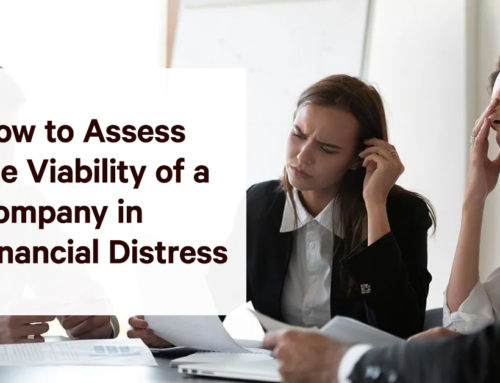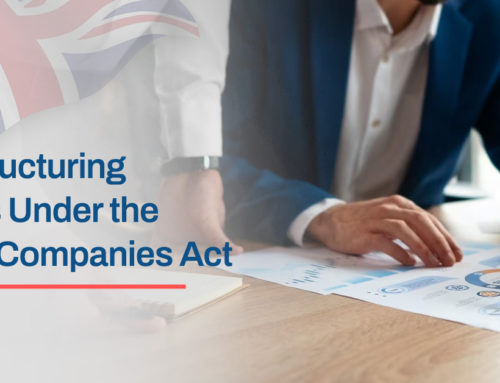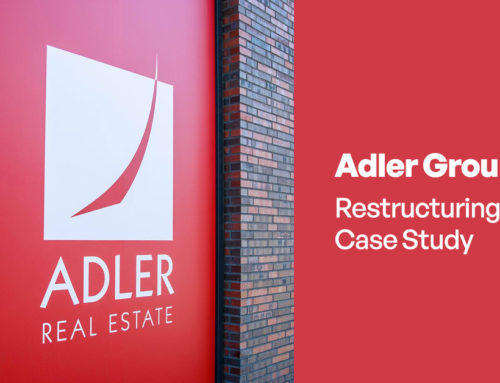There are a variety of reasons why a company would enter voluntary liquidation; it could be a director or directors wanting to retire or it closing one company to start another. What’s more, it could be transferring assets from a company to its shareholders, due to a company restructure, or it could be just that the owners of the business don’t have anyone to hand over to and just want to close the business. Whatever the reason, a solvent company can choose to voluntarily wind up a company and this is called Members’ Voluntary Liquidation, or MVL. Alternatively, companies may enter a CVL, or Creditors Voluntary Liquidation, if the company is insolvent.
To enter into an MVL, the business must be solvent, i.e. they are able pay their creditors within a 12 month period, and the company’s board shareholders must be in agreement. Once the decision has been made to wind up the company and after the initial meetings, a liquidator will be appointed by the shareholders or directors to handle the voluntary liquidation of the company.
The liquidator’s role
The role of the liquidator is to ensure all the company’s assets are sold at a fair market value, including when those assets are being transferred to another company. They are also responsible for drawing up and making sure that all contracts are completed and transferred according to legal requirements, pay all the company’s debts, de-register the company from Company’s House as well as with HMRC, and distribute any remaining proceeds amongst company shareholders.
Who appoints the liquidator?
With voluntary liquidation of a company, an insolvency practitioner will be appointed by the company’s directors and/or shareholders to act as the liquidator. Under normal circumstances, an insolvency practitioner has already been in consultation with the company’s directors with regards to the intended winding up of the company. Usually, companies instruct the existing insolvency practitioner to act as liquidator but that isn’t always the case.
With a CVL, the insolvency practitioner that has been working with the company directors is not usually the appointed liquidator. As the liquidator will be working on behalf of the company’s creditors, the liquidator will either be appointed by the creditors – all the creditors – or the insolvency practitioner will recommend a liquidator.
It’s important to ensure that the insolvency practitioner and/or liquidator has a good understanding of the company’s business, as well as being able to take on board the company’s position. It is their responsibility not only to ensure they carry out their statutory duties as liquidator, including investigating the possibility of fraudulent activity or wrongful directorial conduct, but to support the directors and shareholders through the process.
The liquidator’s duties
Once a liquidator has been appointed, the directors of the company no longer have any say in the voluntary liquidation process. Power is passed over to the liquidator who will ensure that:
- Any and all claims from creditors are verified
- Summons to liquidation meetings are distributed
- A Statement of Affairs is prepared that summarises the company’s financial position, including its debtors
- All the debtors’ assets are preserved and protected before they are sold to raise funds to pay creditors
- They have the authority to employ a solicitor to assist, if required.
The liquidator’s role in a voluntary liquidation, be it a CVL or an MVL, also includes all the administrative duties, such as placing an advert in The Gazette, ensuring all the paperwork relevant to the liquidation process is drawn up and completed for Companies House and HMRC, as well as arrange and chair meetings with creditors and directors.
Some of the more specific liquidator duties include:
- Arranging for outstanding contracts to be completed and closed, as well as any legal claims
- To report to the Secretary of State or the court of any director misconduct or potential fraud
- To summarise the reasons why the company is entering voluntary liquidation
- To ensure creditors are kept informed on the liquidation process, such as the distribution of the company’s assets, or proceeds thereof
- To officially dissolve the company and have it removed from the Companies House register.
Once all the company’s assets have been sold, ensuring that this is done at market value prices, the liquidator will settle their own fees ahead of any other creditors. Should a company not have any assets to be realised, a liquidator may use the redundancy payments for directors to pay for the voluntary liquidation process, or the directors will have to fund the process personally.
A key aspect of a liquidator’s role is to ensure that there has been no misconduct by any company director, nor that any fraudulent activity has taken place. If the liquidator believes that further investigation is required, they have the authority to obtain all relevant bank records, discuss with the accountant and carry out a forensic examination of bank records, accounting information, financial transactions and any other data relating to company trading. Any findings must be reported to the court or Secretary of State.
The appointed liquidator has the authority to sign any paperwork on behalf of the company. Once the winding up process has been completed, the liquidator has to file the final account which details the liquidation process, how assets were sold, and the preferential distribution of the proceeds. With a CVL, the final account is sent to the company’s creditors who have a specified period of time to raise any objections. If no objections are made, a copy of the final account is sent to the court and the registrar at Companies House. Along with the account, the liquidator also sends a notice that confirms whether there were any objections or not. Once the liquidator has been released from his duties, the company is automatically dissolved three months following the Companies House registrar receiving and registering the notice.
If you are planning on liquidating your company and are considering holding a going out of business or liquidation sale prior to winding up the company, the first step is to seek professional advice. Our highly experienced professionals at Leading UK are on hand to help and advise on the process.






